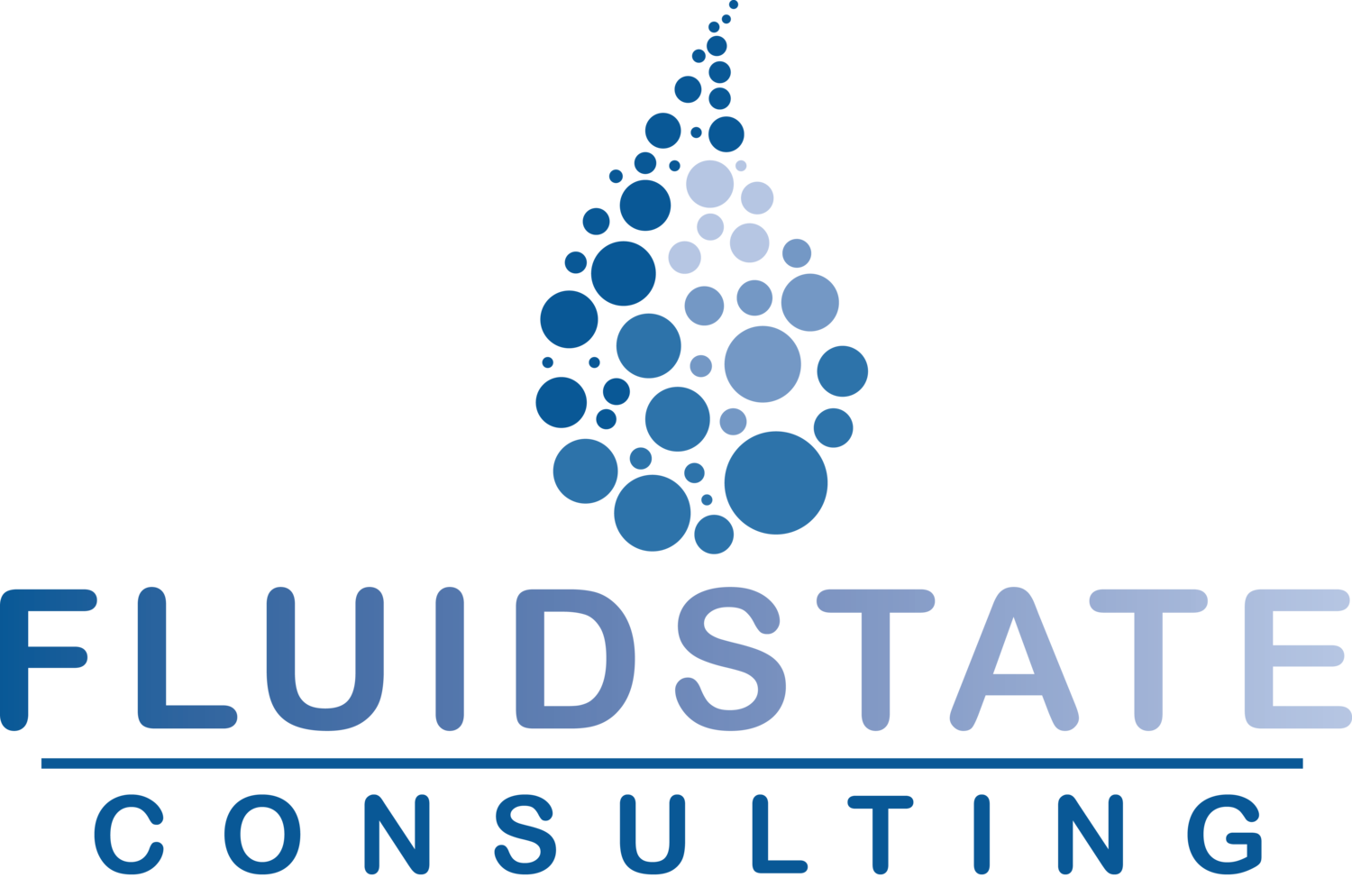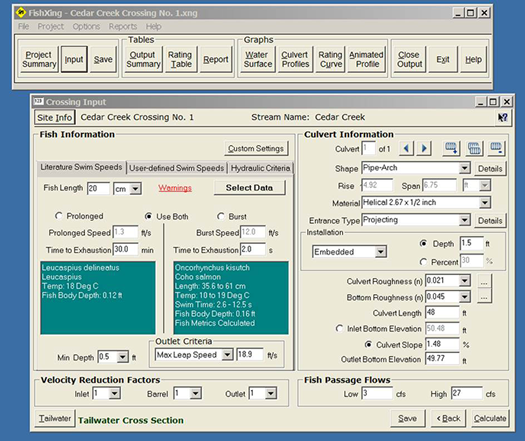Stormwater Management Solutions
HydroCAD Modeling
HydroCAD, based on the TR55 urban runoff model, has long been an industry standard solution for stormwater management Best Management Practice (BMP) analysis and design modeling. FluidState is experienced in HydroCAD modeling for stormwater BMPs of all types, from simple structures like dry ponds or infiltration chambers, to more complex designs like gravel wetlands and underdrained bioretention practices. Correctly modeling these structures can optimize treatment for space-constrained sites or complicated retrofits of existing practices.
Our modeling process is highly-refined and takes into account specific landuse and soil types, leveraging high-accuracy, high-resolution GIS mapping applications and modeling workflows that simplify input data generation and automate many of the manual steps normally associated with HydroCAD modeling. Based on these workflows, we can more easily and quickly generate complex models for even your most challenging sites - and do so with a high degree of precision. Additionally, as a site changes or evolves based on client expectations, we can update your models to reflect that with a minimum of time input.
WinSLAMM Modeling
WinSLAMM (Source Loading and Management Model for Windows) is a pollutant load modeling program based on real-world sampling and data collected under the Nationwide Urban Runoff Program (NURP). As such, it is one of few software solutions that can provide realistic modeled pollutant washoff and Best Management Practice (BMP) pollutant reduction values.
WinSLAMM takes into account factors that can have a large impact on pollutant washoff and pollutant reduction associated with developed drainage areas - factors like fine-scale landuse differences between impervious surfaces like driveways versus roads or building roofs versus sidewalks, soil types and and their compaction levels depending on development over time, and hydrologic connectivity, i.e. the difference between a parking lot that is serviced by a drainage system of catch basins and pipes versus one that drains to pervious grass swales.
Load reductions can also be calculated using WinSLAMM for a variety of pollutants such as sediment, bacteria, and phosphorus. This can be important when calculating cost/benefit ratios for project prioritization and planning, especially at larger site or watershed scales. These modeled values can be used a ‘check’ for governmentally accepted models or pollutant load reduction calculations for certain BMPs so you can be assured that you are getting the credit you deserve for your stormwater management solutions.
HY-8 Modeling
Hydrologic and hydraulic modeling for structures like bridges and culverts can be challenging when you have to take into account complex, large drainage areas and constrained site conditions. FluidState has successfully worked on numerous culvert replacement projects for both Aquatic Organism Passage (AOP) and high-flow passage issues. We understand the needs of these projects. That’s why we use HY-8, an industry standard Federal Highway Administration (FHA) approved software modeling packaged that allows for accurate modeling for structure replacement. HY-8 can easily leverage United State Geologic Survey (USGS) flow data to accurately represent hydrologic conditions. It also pulls from an extensive database of pre-fabricated structures, from traditional round metal culverts to less-traditional structures like open-bottom aluminum, steel, and concrete structures manufactured by companies such as Contech Engineered Systems and others. FluidState has also developed a relationship with many of these companies to leverage their in-house expertise with respect to design of structures, resulting in a higher-quality product that can often cost less than ‘stock’ structures.
If you have a project where you need to replace a structure, no matter how large or small, we can help.
FishXing Modeling
In addition to using HY-8 for stream crossing structure modeling, we also use the United States Forest Service (USFS) developed FishXing 3.0 model that specifically focuses on structure characteristics and their impact on Aquatic Organism Passage (AOP) issues. Undersized structures are a problem for high-flow (flood) passage, but can also present barriers to the passage of fish and other aquatic organisms, severely reducing the habitat available to these organisms. By using FishXing, we can first model the ideal structure for high-flow passage using HY-8 to ensure that road overtopping and washouts don’t occur, then evaluate those same structures for their performance with respect to AOP.
FishXing will evaluate different species, based on the habitat area being investigated, and can evaluate a wide range of flows, from typical migratory flow conditions to extreme low- and high-flow conditions. The program is especially designed for evaluating open-bottom structures which are typically better for both high-flow conveyance and AOP.




